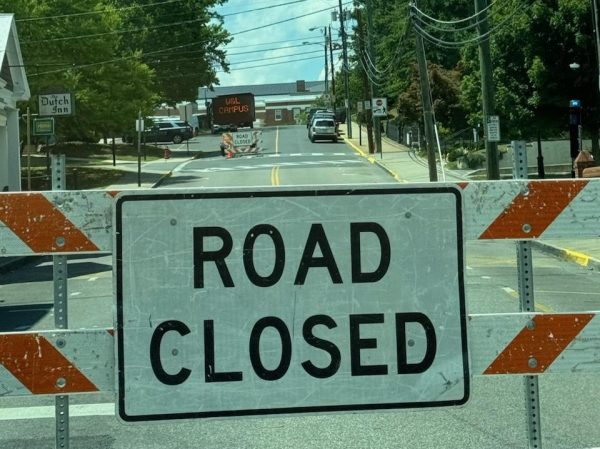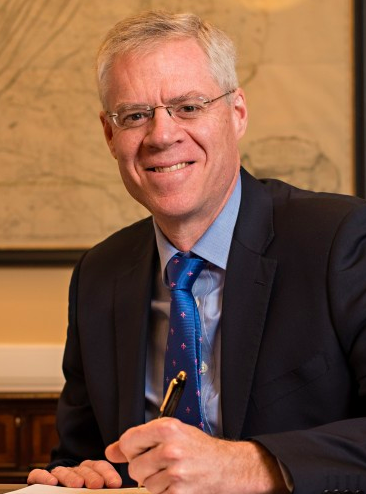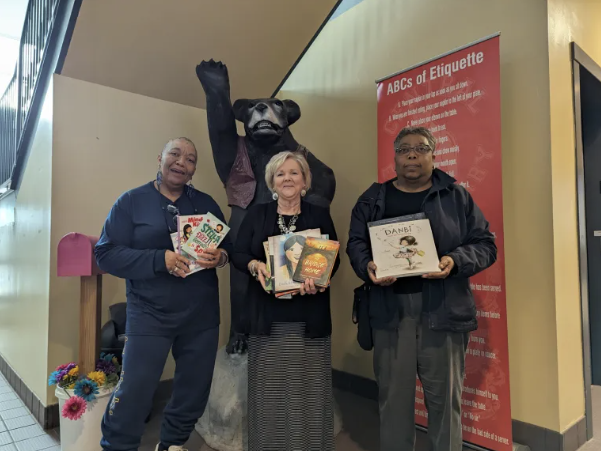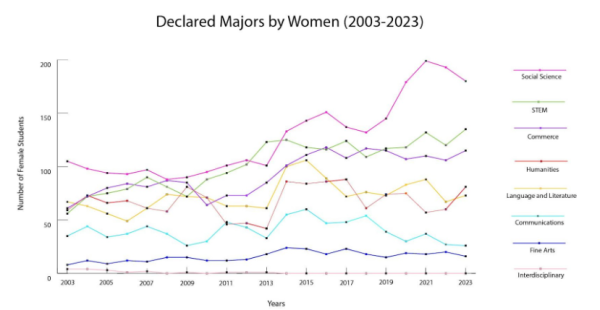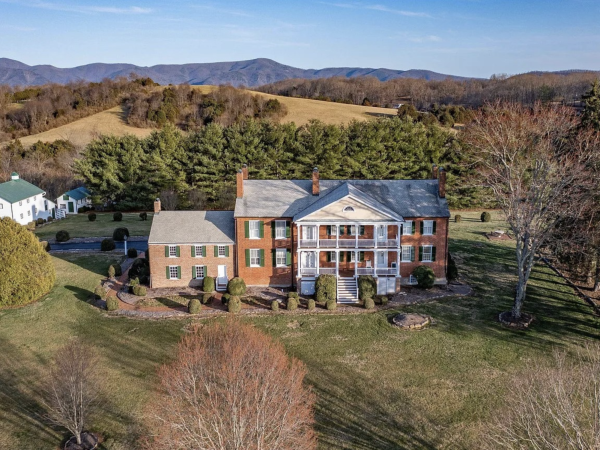Faculty members dig up university’s past, plan to add historical slave marker honoring slave history
Marker tells story of Washington College’s slave history
February 8, 2016
Washington and Lee will be adding a historical marker this spring to commemorate the enslaved people Washington College acquired in the 19th century.
In 2013, President Ruscio created the Special Working Group on the History of African Americans at W&L. The Committee is comprised of faculty members from the university.
Professor of Geology and Associate Provost Elizabeth Knapp is the chair of the committee.
“The president asked that group to begin looking at this history, including the question of enslaved people but also the history in its broadest sense, extending to the present time,” Knapp said in an email. “That group has been talking about a very wide range of questions.”
According to Knapp, the first project for the group was to create a timeline to represent the changes in the university’s history in regards to African Americans. The timeline can be found on the university’s website.
“As we began to discuss the history and build the timeline, one of the stories that some members of the Working Group had heard about in passing involved the 19th century bequest of enslaved African Americans from a local landholder,” Knapp said in an email.
The landholder, “Jockey” John Robinson, gifted approximately 84 enslaved men, women, and children to Washington College. Lists of the people involved in the bequest can be found on the online timeline or in the Special Collections area of Leyburn Library.
The group began to think of ways to recognize this chapter from the university’s long history.
“We originally thought of a memorial, but we came to the conclusion that a memorial would be best developed organically from the university community,” Knapp said in an email. “So we are developing a historical marker that will tell this story. It’s important to note that it is does not tell the story of slavery at Washington and Lee, but is limited to this one chapter in that story.”
The marker will be placed near Robinson Hall and will serve as the main exhibit in a garden setting for all visitors of the university.
“It is meant not just for members of the campus community, but for members of the Lexington and Rockbridge County communities and for those who visit our campus,” Knapp said in an email.
Thomas Agostini, ‘19, said he thought the marker would be a good addition to campus.
“I think it’s a wonderful idea to take a look back at the school’s more negative history,” Agostini said. “To really look at it and recognize that our school was a part of something that is now known as culturally unacceptable–and that we’re not trying to sweep it under the rug, but recognize our mistakes, and dedicate a part of our school to the people who were unjustly treated in the past.”
Rachel Baker, ‘17, agrees. She said she thinks the creation of the Working Committee is an important step in digging up the university’s past.
“I think the tumultuous history of race relations at Washington and Lee should be addressed,” Baker said. “And I like that the President’s office is taking initiative to bring some of these topics to light.”
The project is funded by the President’s Office. A forum was held last week in regards to the project with students, faculty and other members of the community in attendance.



